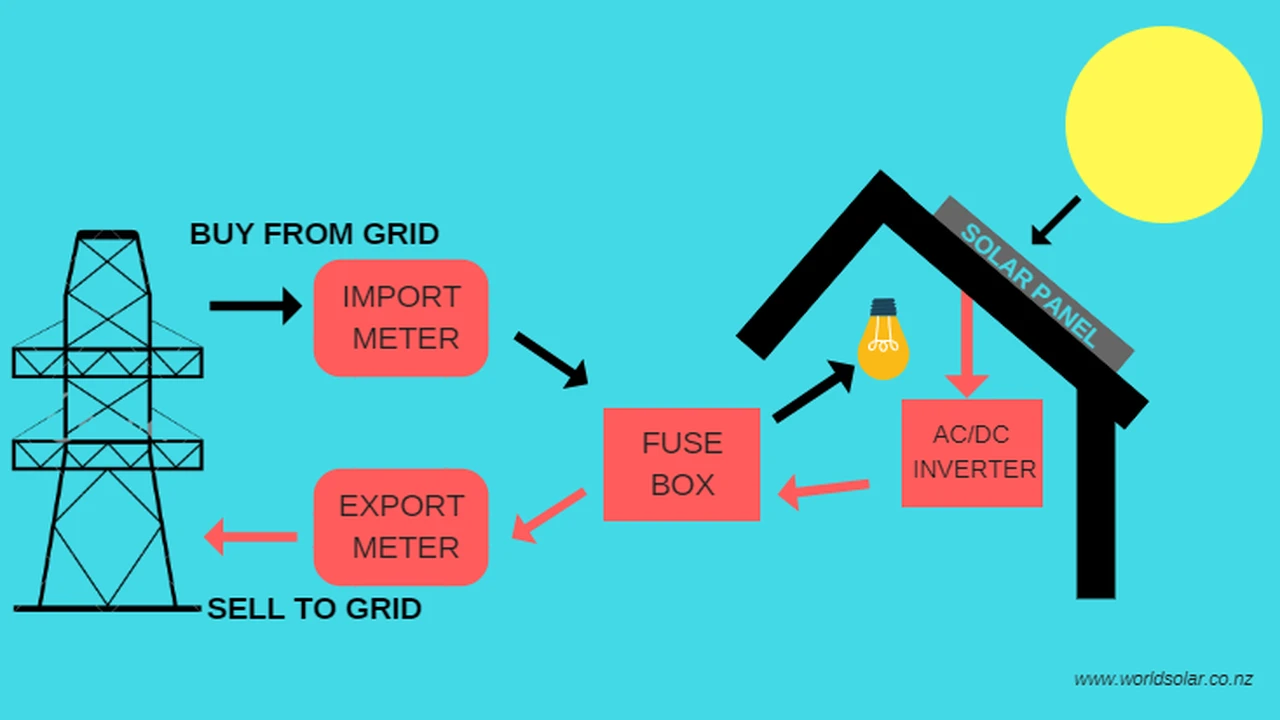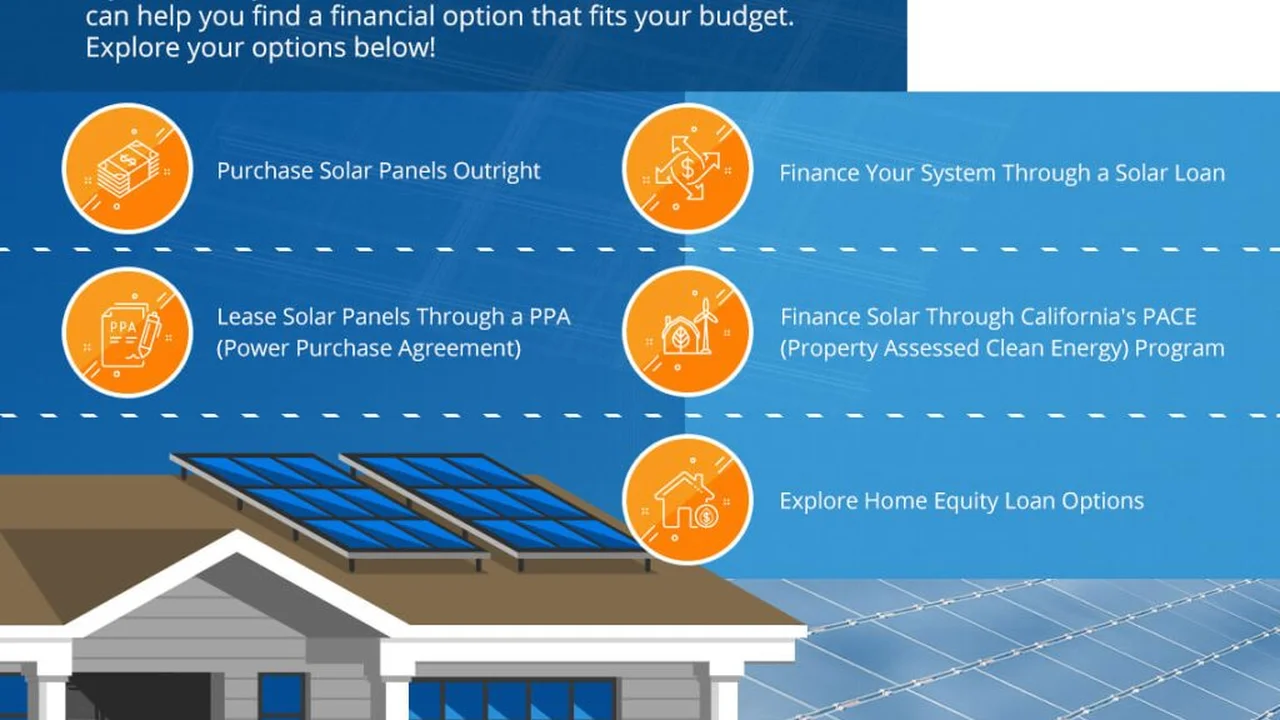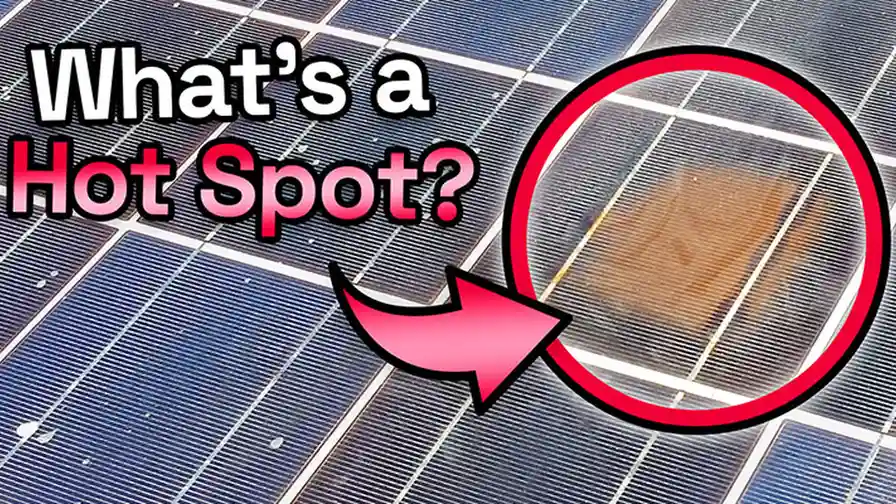Solar Panel Insurance Claims: Damage from Storms

Understanding Solar Panel Damage from Storms and Insurance Coverage
Okay, so you've got solar panels. Awesome! You're saving money, helping the environment, and feeling all smug about it. But then… BAM! A storm hits. Hail the size of golf balls, crazy winds, the whole shebang. Now you're staring at your roof, wondering if your solar panels are toast. This is where understanding your solar panel insurance claims comes in. We're gonna break down what to look for, how to file a claim, and what your options are.
First things first, assess the damage. Don't climb up there yourself! Get a professional inspection. They'll know what to look for – cracks, chips, dislodged panels, wiring issues, you name it. Once you have a professional assessment, it's time to contact your insurance company.
Types of Storm Damage Covered by Solar Panel Insurance
Not all storms are created equal, and neither is all damage. Here’s a rundown of common storm-related issues covered by most solar panel insurance policies:
- Hail Damage: This is a big one. Hail can crack the glass on your panels, reducing their efficiency or rendering them useless. Look for small, spiderweb-like cracks.
- Wind Damage: High winds can dislodge panels, damage racking systems, and even rip wiring. Make sure everything is securely fastened and properly grounded.
- Lightning Strikes: A direct hit can fry your entire system. Surge protectors are your friend here!
- Falling Trees/Branches: Mother Nature's wrecking ball. Keep trees trimmed back to prevent this.
- Other Weather-Related Damage: This can include things like ice dams, heavy snow loads (especially if your roof isn't designed for it), and even extreme temperature fluctuations that can cause stress fractures.
Filing Your Solar Panel Insurance Claim: A Step-by-Step Guide
Alright, you've assessed the damage and you're ready to file a claim. Here’s how to do it right:
- Contact Your Insurance Company ASAP: The sooner you report the damage, the better. They'll give you a claim number and walk you through the initial steps.
- Document Everything: Take photos and videos of the damage. Keep records of all communication with your insurance company. The more evidence you have, the smoother the process will be.
- Get Multiple Quotes: Don't just settle for the first repair estimate you get. Get at least three quotes from reputable solar panel installers. This will give you a better idea of the cost of repairs and help you negotiate with your insurance company.
- Understand Your Policy: Know your deductible, coverage limits, and any exclusions. This will help you avoid surprises down the road.
- Be Persistent: Insurance companies aren't always the quickest to respond. Follow up regularly and don't be afraid to ask questions.
Choosing the Right Solar Panel Repair Company After a Storm
Picking the right company is crucial. You don't want some fly-by-night operation doing shoddy work. Here's what to look for:
- Experience: How long have they been in business? Do they have experience with solar panel repairs, specifically storm damage?
- Licensing and Insurance: Make sure they're properly licensed and insured. This protects you in case of accidents or substandard work.
- Reputation: Check online reviews and ask for references. What do other customers say about their work?
- Warranty: Do they offer a warranty on their repairs? This gives you peace of mind knowing that if something goes wrong, they'll fix it.
- Quotes: As mentioned before, get multiple quotes. Compare prices and services offered.
Specific Solar Panel Products and Their Performance in Stormy Conditions
Let's talk about some specific solar panel products and how they hold up in different storm scenarios. Keep in mind that no panel is completely indestructible, but some are definitely more resilient than others.
High-End Options for Hail Resistance: LG NeON 2 and SunPower Maxeon
LG NeON 2: These panels are known for their robust construction and excellent performance in low-light conditions. They often come with a 25-year product warranty, which speaks to their durability. Hail resistance is a key feature. * Use Case: Ideal for areas with frequent hailstorms. * Comparison: Compared to standard panels, the LG NeON 2 panels are built with thicker glass and a reinforced frame. * Price: Expect to pay around $3.00 - $3.50 per watt installed.
SunPower Maxeon: SunPower panels are top-of-the-line in terms of efficiency and durability. Their Maxeon technology eliminates the need for front gridlines, which makes them less susceptible to cracking. * Use Case: Best for homeowners looking for the highest efficiency and longest lifespan, even in harsh weather. * Comparison: SunPower panels boast a unique solid copper foundation, making them exceptionally resistant to corrosion and physical stress. * Price: These are premium panels, costing approximately $3.50 - $4.50 per watt installed.
Mid-Range Options Balancing Cost and Durability: REC Group and Q CELLS
REC Group: REC panels offer a good balance between performance and affordability. They are known for their half-cut cell technology, which improves efficiency and reduces the risk of microcracks. * Use Case: Suitable for homeowners who want reliable performance without breaking the bank. * Comparison: REC panels are often more affordable than LG or SunPower but still offer excellent hail resistance and a solid warranty. * Price: Expect to pay around $2.50 - $3.00 per watt installed.
Q CELLS: Q CELLS panels are another popular choice in the mid-range category. They are known for their innovative Q.ANTUM technology, which boosts performance and reduces light-induced degradation. * Use Case: A good all-around option for various climates and weather conditions. * Comparison: Q CELLS panels are very competitive in terms of price and performance, offering a good value for the money. * Price: Typically priced around $2.40 - $2.90 per watt installed.
Budget-Friendly Options: Consider Before You Buy
While there are budget-friendly solar panels available, it's important to consider their durability in stormy conditions. Cheaper panels may use thinner glass and less robust frames, making them more susceptible to damage. If you live in an area with frequent storms, it's generally worth investing in higher-quality panels.
Comparing Solar Panel Products: Hail Resistance, Wind Resistance, and Overall Durability
Here's a quick comparison chart to help you see the differences between these panels:
| Panel Brand | Hail Resistance | Wind Resistance | Overall Durability | Price per Watt (Installed) |
|---|---|---|---|---|
| LG NeON 2 | Excellent | Excellent | Excellent | $3.00 - $3.50 |
| SunPower Maxeon | Excellent | Excellent | Excellent | $3.50 - $4.50 |
| REC Group | Good | Good | Good | $2.50 - $3.00 |
| Q CELLS | Good | Good | Good | $2.40 - $2.90 |
Cost of Solar Panel Repair and Replacement After Storm Damage
The cost of repairing or replacing solar panels after a storm can vary widely depending on the extent of the damage, the type of panels, and the labor costs in your area. Here's a general idea of what you can expect:
- Minor Repairs (e.g., replacing a few cracked panels): $200 - $500 per panel.
- Moderate Repairs (e.g., replacing multiple panels and repairing racking): $1,000 - $3,000.
- Major Repairs (e.g., replacing the entire system): $5,000 - $20,000+.
Remember that your insurance deductible will also play a role in the out-of-pocket cost. It's essential to get multiple quotes and work closely with your insurance company to ensure you're getting a fair settlement.
Preventing Future Solar Panel Damage from Storms: Proactive Measures
Prevention is always better than cure. Here are some steps you can take to protect your solar panels from future storm damage:
- Regular Inspections: Have your solar panels inspected annually by a qualified professional. They can identify potential problems before they become major issues.
- Tree Trimming: Keep trees trimmed back to prevent branches from falling on your panels.
- Reinforced Racking: Consider upgrading to a more robust racking system, especially if you live in an area with high winds.
- Surge Protection: Install surge protectors to protect your system from lightning strikes.
- Proper Installation: Make sure your solar panels are installed correctly by a reputable installer. Improper installation can make them more susceptible to damage.
- Snow Removal: If you live in an area with heavy snowfall, consider removing snow from your panels to prevent excessive weight and potential damage.
Solar Panel Insurance: Common Pitfalls and How to Avoid Them
Navigating solar panel insurance claims can be tricky. Here are some common pitfalls to avoid:
- Not Reading the Fine Print: Make sure you understand your policy's coverage limits, exclusions, and deductible.
- Delaying the Claim: Report the damage to your insurance company as soon as possible.
- Settling for the First Offer: Don't be afraid to negotiate with your insurance company. Get multiple quotes and be prepared to back up your claims with evidence.
- Hiring Unqualified Contractors: Choose a reputable solar panel repair company with experience in storm damage.
- Not Documenting Everything: Keep records of all communication with your insurance company, photos of the damage, and repair estimates.
So, there you have it! A comprehensive guide to solar panel insurance claims and storm damage. Remember to be proactive, stay informed, and don't be afraid to advocate for yourself. Happy sunning!
:max_bytes(150000):strip_icc()/277019-baked-pork-chops-with-cream-of-mushroom-soup-DDMFS-beauty-4x3-BG-7505-5762b731cf30447d9cbbbbbf387beafa.jpg)






